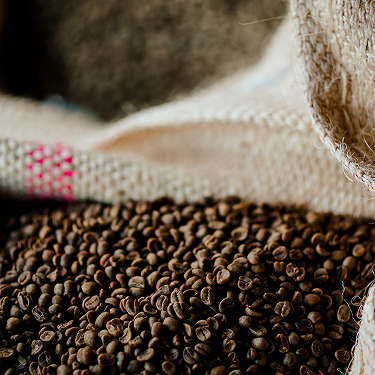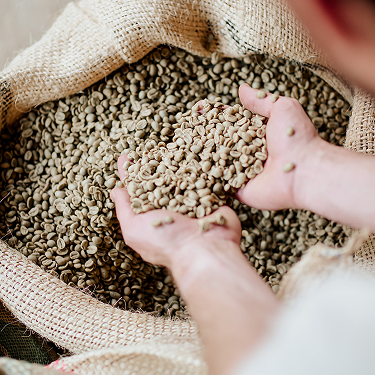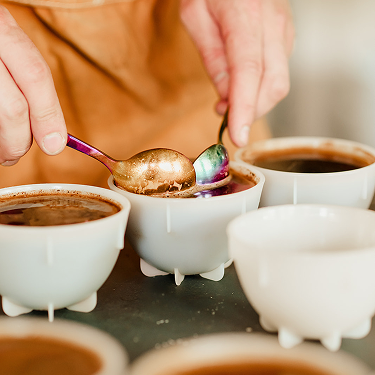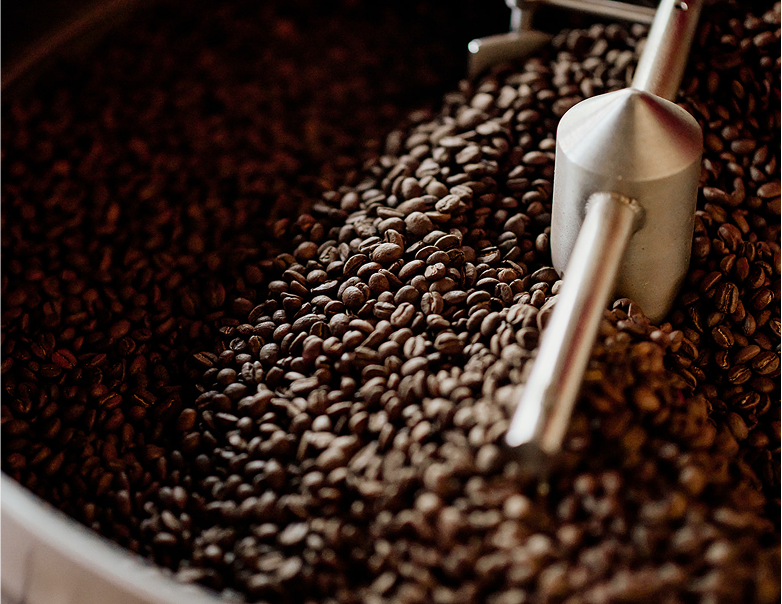
Single Origins vs Blends: What's the Difference? Part 2
In Part 1 of this series we reviews the basics that distinguish blends from single origins. I encourage you to read Part 1 to understand the fundamentals before getting into the following details.
Blending can happen at many stages during the journey of coffee from farm to cup. The most typical form that the term “blend” refers to is either post or pre-roast, meaning the coffee has been blended after the components were roasted, or before the coffee was roasted. A pre-roast blend means the components were all roasted together at the same time, in the same way. There are some coffee professionals who believe pre-roast blends are inferior. The argument is that different coffees, with different bean sizes, densities, and moisture content, need to be roasted differently. Regardless of pre or post-roast blending, both are considered traditional forms of blending and will be indicated on the bag as a blend.
Blending also happens before the roaster receives the coffee, however. Coffee traders (people who source and purchase raw coffee, and move it to a consuming country) often purchase very large volumes of coffee from one country, sourced from many different regions within the country, and blend it all together. The advantage for the trader is that they have a style of coffee to sell in larger volume, and given that the blend is from so many different regions, the consistency is likely to be high. The unique aspects that might make a coffee stand out (and perhaps sell for more) are muted, and the negative aspects of the cheaper coffee is covered up. Coffee can be blended together from a variety of regions, but as long as it’s all from one country it can be considered a single-origin… even though the flavor profile might be closer to that of a blend.
Next, coffee can be blended together at a co-op or processing facility, where many small-scale farmers (known as smallholders) bring their coffees, where they are combined with the neighbor's harvest. All of the coffee is blended from a small sub-region of a country. In Colombia, these are known as departments. Well known departments are Narino and Huila. Ethiopia subregions include Yirgacheffe and Guji. Indonesia has Sumatra, very popular with dark roast drinkers.
This model can be scaled down to smaller and smaller regions. Our Colombian component for Eyes Wide Open and Foreword comes from the Galeras region of Colombia, which is the land surrounding an active volcano in Nariño, from which the name Galeras is derived. It is a blend of smallholders from a small region, but also would typically be marketed as a single-origin.
Finally, a single farmer, if his acreage is sufficient, will sometimes separate his own coffees by cultivar (type of coffee), particular hill, or harvest day (known as day-lots). Other farmers, given similar circumstances, will blend all of their own coffee together regardless of cultivar or where on their farm it was grown. All of these options would be known as microlots. This refers to a coffee derived from a very specific place, traceable at least down to the farm. Day-lots are even more exclusive and traceable.
To review, bending can happen at many places on the coffee supply chain:
Postroast-Preroast-Country-Region-Farm-Hill-Day
You could even add one more possibility to the list if you ever combined two or more different coffees at home! Perhaps you were near the bottom of the bag of one coffee and you added more of a newer purchase to fill the coffee pot. You have created your very own coffee blend in that circumstance!
Although what is typically considered a blend is determined by how many countries the coffee was sourced from, it is a little arbitrary. Almost all coffee is blended at some point. So knowing all of that, where do you think the line should be? What do you consider to be a blend?
